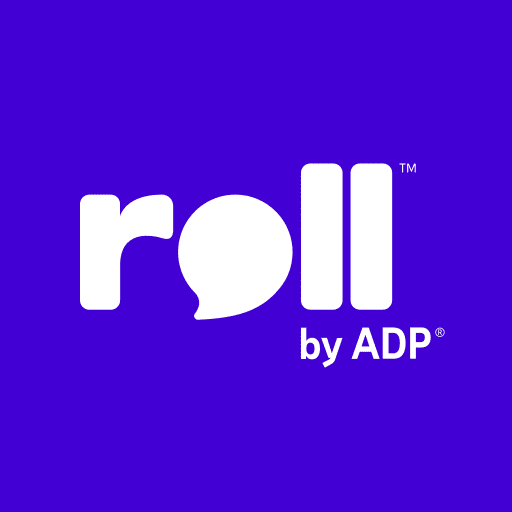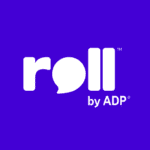🎉 Tillful is now part of Nav! Start an LLC in minutes with Nav
Everything was going so well. You thought you were hitting it off with that new special someone. After some great conversations, you were ready to take things to the next level. Then, without warning, they stopped answering your calls and emails. You never saw them again. Your new employee just ghosted on you, and it hurts.
This is just one of many tricky scenarios you can find yourself in when hiring your first employee. Getting your first hire on board is a daunting prospect, and often fraught with challenges, and workers are becoming happier to jump ship. McKinsey said that 40% of employees were somewhat likely to leave their job in the next 3-6 months.
Here's how to get set up for your all-important first hire, before you even meet, to maximize the chance of success and ensure that your new recruit stays with you.
Price the job accordingly
According to Pew Research, low pay was the top reason for employees leaving their jobs, with 37% citing it as a major factor. It's critical to price your job properly. Compare your proposed salary and benefits package against similar jobs in your region. If you're not competitive, expect a longer search with lower-quality applicants. Even if you do find the right person, they could make an early departure.
Set expectations
But what if an employee knew what the pay was before they started, and still ghosted early? Well, it could be that the role wasn't what they expected. At 27%, the third most popular reason for ghosting an employer in a Visier survey was an inaccurate job description. Avoid this by outlining the role accurately and wholly, including every duty that you'll be expecting of the employee. If flexibility in duties is required (as it may be for your growing small business), then be sure to say that. Job seekers will love you for it! This demonstrates your own integrity and avoids later disappointments on both sides.
Check your reputation
What others say about you carries just as much weight as what you say about yourself. Companies with an established employment history should always check their reviews on employment review sites like Glassdoor, but reviews are equally important for those hiring their first employees. Check out what customers have said about you on review sites and address any issues to preserve a gold-plated reputation for potential employees.
Start your search right
Good hires start with good research. Scour your network of contacts to get first-hand referrals that others can vouch for. Social networks like LinkedIn and possibly even Facebook and Twitter are ideal here, but don't forget good old-fashioned phone and shoe-leather methods work. You're likely to find potential recruits by calling around your contacts, and business events like conferences and meetup groups are ideal hunting grounds for fresh talent. Depending on the level of employee you're after, you might even find friends with young relatives graduating from further or higher education that could fit the bill.
Do your homework
Due diligence is critical when hiring that all-important first worker. A background check can avoid later problems, and you should also follow up with references. Though these cost a little extra time and money, it's well worth the investment.
Former employers are often restricted from saying anything negative about an employee. Wired co-founder Kevin Kelly circumvents this by leaving a message with a person's references asking them to contact him only if that person would be great to work with.
Get the logistics straight
Having shortlisted and selected your first employee, it's time to prepare them for a pleasurable onboarding experience. Start by preparing employment logistics to avoid hiccups or delays.
Get an Employer Identification Number (EIN), register your employee with the state government, and arrange tax paperwork. Your employee must complete an I-9 form to prove that they're eligible for work, and a W-4 to determine their federal income tax. You'll also need to report your wage information for the employee annually in a W-2 form. Finally, ensure that you have an easy, lightweight, but scalable payroll solution in place that can ease the burden of your first employee's payroll requirements.
For a modern and intuitive payroll solution, say hello to Roll – the first chat-based payroll app for small businesses backed by ADP®. The app makes it easy for you to run payroll processes in minutes — without the hassles of calculating complex taxes, benefits, and other withholdings. Plus, your employees will appreciate the ability to manage their own profiles and find the info they need at their fingertips.
Focus on culture
Unhappy workplace culture featured highly as a leading factor in the Pew research. Companies that don't value their employees will find it difficult to recruit staff.
If you're recruiting your first employee then you have size on your side; it's easier to build a positive culture among a small group of founders rather than a large workforce. Set the right tone now by ensuring that your existing team is inclusive and supports your new employee.
A caring culture goes beyond high-fives and smiles. LinkedIn found that employees were 2.6 times more likely to be happy in a workplace that offered time and location flexibility. A culture of well-being including a mental health focus also made workers 3.2 times more likely to be happy at work.
Create a warm welcome
First impressions count. Start before the first day with a welcome email setting out what they can expect. Keep the onboarding process human with face-to-face meetings, either in-person or via video.
Reduce onboarding friction
Create a warm welcome, but don't outstay your welcome. The onboarding process should be fast, efficient, and relatively friction-free. Keep training efficient and on-point. Streamline the paperwork that employees need to fill out by managing it online. Even when managing this for your first employee, it pays to start as you mean to go on.
Line up everything they need
Identify what employees need to do their jobs, including hardware, software, and workspace environment. Have those assets before they start.
Sound obvious? Perhaps, but it's amazing how easily even the big companies get onboarding and equipment setup wrong. One software developer bailed on a grueling onboarding training session and found herself without a desk three days later. Try making a checklist of everything a new hire will have to use before you start — you may be surprised at how many things a new employee will need.
Stay connected
Employee onboarding shouldn't be a one-shot deal. After the initial greeting and training sessions, they're almost certain to have more questions and concerns. Identifying and handling issues quickly through regular conversation could be the difference between them leaving and becoming a veteran employee in the future. Organize regular check-in sessions, even just for the first few months, to ensure that things are running smoothly.
Thinking about the hiring process from the employee's perspective will create a better experience for them and build a solid foundation for a long-term relationship.
The good news is that many of these hiring measures are easier in a small company hiring its first employee. You'll have less bureaucracy to fight, and the lines of communication between your new hire and management will be clearer and easier. With a lot of planning and a little luck, you'll still be working with employee #1 years down the line.


